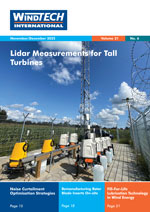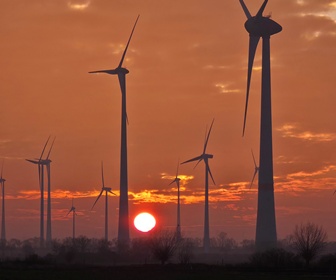A new scenario analysis by McKinsey & Company examines how changes in trade tariffs could affect the deployment of solar, wind, battery storage, transformers, and electric vehicles (EVs) in the USA and the European Union (EU) through to 2035. The study finds that moderate tariff increases would have a limited impact on clean technology adoption, particularly in the EU. However, under a sustained high-tariff scenario, the outlook becomes more challenging.
By 2035, overall energy system costs could rise, renewable energy deployment may slow in the USA, and growth in solar and wind capacity could weaken in the EU. The analysis also suggests that under such conditions, fossil gas could gain a larger share in the energy mix, partly displacing renewables.
Three scenarios are modelled, ranging from the continuation of current policies to a “Global Tensions Escalate” case with significantly increased tariffs on clean energy technologies.
By 2035, installed solar capacity could be 9% lower in the USA and 7% lower in the EU under the highest-tariff scenario. Battery storage deployment could also decline, with capacity 4% lower in the USA and 10% lower in the EU. EV market share in the EU could fall to 41% by 2030, compared to 50% in the baseline projection—potentially complicating the region’s planned 2035 ban on internal combustion engine vehicles.
Wind energy appears more resilient. Offshore wind deployment in the USA is largely unaffected, while the EU could see a 6% reduction in installed offshore wind capacity under the highest-tariff scenario.
McKinsey projects that by 2050, energy system costs could be 2% higher in the USA and 3% higher in Europe if high tariffs persist. In the USA, a higher share of fossil gas is expected in the 2035 energy mix, regardless of tariff conditions.
Despite the projected impacts, solar, wind, battery storage, and EV technologies are expected to continue growing through to 2050, though outcomes will depend on investment strategies, supply chain developments, and supportive policy frameworks.










